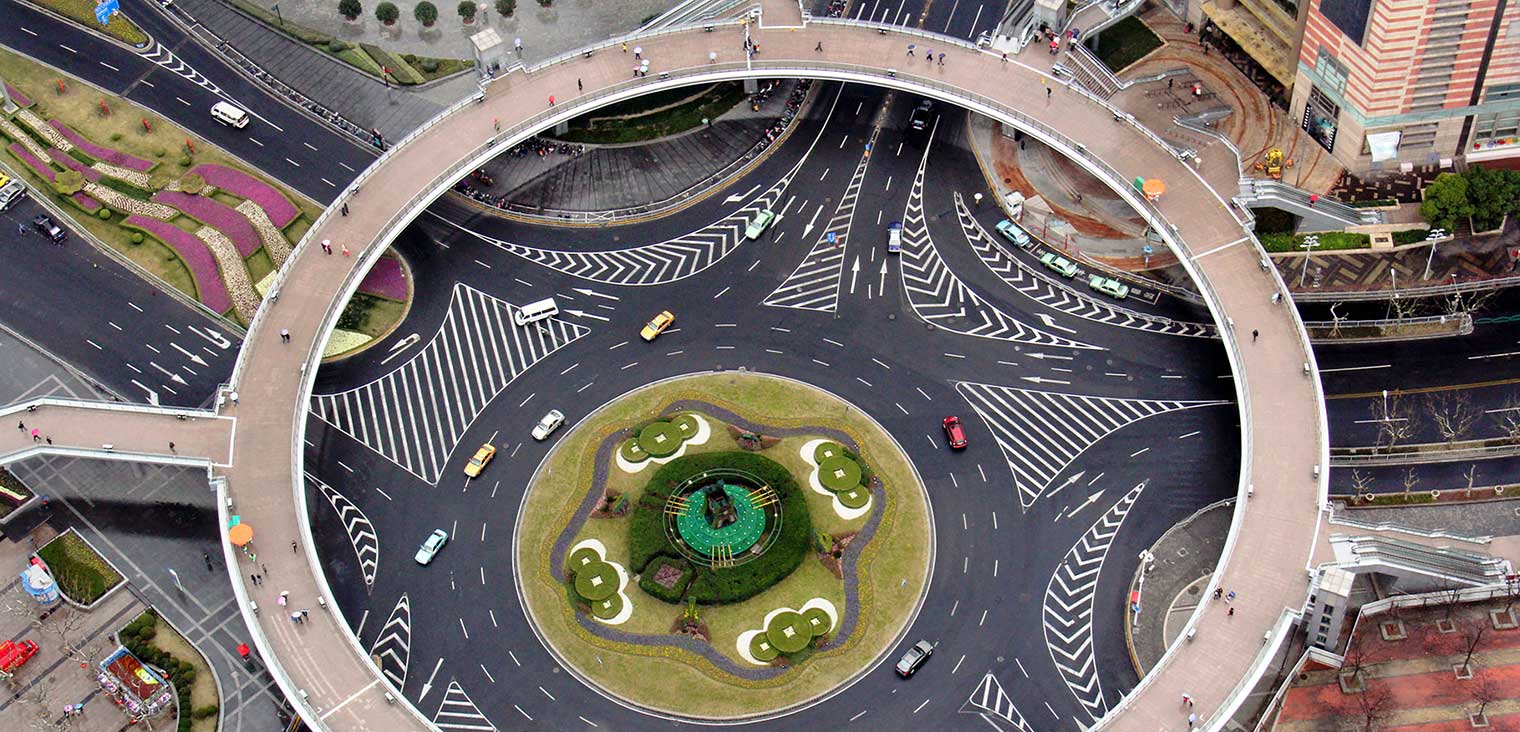- Article

- Infrastructure and Sustainable Finance
- Transition to Net Zero
- Sustainable Supply Chain
- Environmental
When circularity knocks
How are circular business models creating value for companies and the climate?
In the drive towards a more sustainable future, there is a growing recognition that action to arrest climate change, must go hand in hand with the conservation of the world’s natural resources – land, forests, and water – alongside the restoration of biodiversity loss and pollution.
Reducing the consumption of raw materials also brings down emissions and conserves land use for future generations.
Policymakers in the European Union made that link explicit last year when they unveiled proposed circularity standards for products sold in the EU as part of the EU Green Deal package of legislation.
“In this way, we protect ourselves and our planet. We build up resilience in our supply chains and we save money,” said environment commissioner Virginijus Sinkevicius1.
As well as making the connection to climate change, Sinkevicius’s comments also hint at the business case for circularity.
In a time of volatile energy and commodity prices, circularity provides a buffer by reducing the need for virgin resources and promotes cradle-to-grave practises. Circular business models also help overcome resource constraints and disruption in global supply chains by preserving and recycling materials.
The circular economy
A systems solution framework tackling global challenges eg climate change, biodiversity loss, waste & pollution. (Source: Ellen MacArthur Foundation)
Carrot beats stick
In light of the worsening effects of climate change and biodiversity loss mounting, companies can expect such policy responses to become more common, and more stringent2. Today, WWF estimates that we are using about 1.6 earths; meaning we’re using about 60% more of the earth’s resources than it can regenerate every year. By 2050, with an increased global population and a resulting rise in consumption, that “overshoot” could get to 3-4 earths.
But the regulatory stick may not be necessary to spur change. Instead, the carrot could prevail as investors increasingly recognise the value of circular economy business models.
As well as mitigating external risks, companies can find additional value in the three principles of circular economies: eliminating waste and pollution; keeping products and materials in use at their highest value; and regenerating natural systems - all driven by innovative design.
|
These three principles underpin five emerging circular business models, which are proving to help business transition and drive profitable gains3,4
- Circular supplies: Companies that rely on renewable or fully recyclable inputs are less reliant on carbon-intensive and raw material constraints. “One example is Renewcell, a Swedish firm that supplies global denim giant Levi’s with material made entirely from recycled textile waste – which itself is fully recyclable – to make a circular version of the iconic 501 jeans,” explains Blyth.
- Resource recovery: Recycling businesses can maximise value by ensuring recovered resources maintain the highest possible quality. “For instance, Egypt’s Bariq uses a bottle-to-bottle recycling process, which uses washing techniques to repurpose bottles and produce plastics that are safe for the food and beverage industry. This is a great use of resource recovery, in a region that is facing population growth and consumer demand,” adds Blyth.
- Product life extension: This involves extending the working lifecycle of products through repair, upgrading and reselling. In the US, for example, new “right-to-repair” laws aim to keep electronics in circulation much longer while providing revenue streams for small repair shops. In other examples, big brands like Ikea have launched schemes to buy back, refurbish and resell used products5.
- Sharing platforms: These enable increased utilisation of products and resources. Platforms such as Uber, which enable ride-sharing are an obvious example, reducing demand for individual car ownership by enabling convenient and affordable access to transport 24/7. Alongside tech companies such as Via that promote greener, more equitable and sustainable mobility to more than 500 public and private entities in more than 35 countries to date with our support and services.
- Product as a service: Under this model, companies offer access to products but retain ownership, keeping the products in use for longer and enjoying the benefits of circularity. “Take UK-based Panthera, which has switched from providing single-use plywood fencing for construction sites to leasing a reusable alternative made of recycled uPVC. This has transformed Panthera from just another hoarding supplier to an innovative market leader and we were proud to finance this growth strategy through our UK SME Green Fund,” comments Blyth.
At a corporate level, circular business models offer a number of benefits. By reducing their consumption of energy and raw materials, companies can save on mounting energy and material costs, whilst gaining some protection against the inevitable imposition of more stringent climate-related regulations. In some markets, they may also benefit from new policies supporting circular business models.
A more circular approach is also aligned with a growing consumer preference for climate-friendly and sustainable products. That has implications for retail-focused companies and at every step in the supply chain and can open up new markets, especially for those with first-mover advantage.
Circularity may also improve access to finance and investment. As well as a broad range of sustainable financing options that can support circular solutions, HSBC recently launched its Global Circular Economy Fund in response to growing investor appetite for this theme6. The fund will invest in around 60 companies that are enabling the transition to a circular global economy, by designing out waste and pollution, keeping products and materials in use and regenerating natural systems.
“Circular business models have been shown to work and drive returns,” says Blyth. “There is considerable scope to apply them to a multitude of new industries and use cases, whilst scaling them across new regions.”
By helping to curb climate change and prevent biodiversity loss, circular business models can create untold value for society as a whole and upskill individuals in transitionary industries.
“Going back to the drawing board, redesigning and innovating and creating a truly sustainable end-to-end supply chain approach, can help to set companies apart and grow their businesses, whilst driving wider societal gains – who wouldn’t want to be a part of that,” finishes Blyth.
Today we finance a number of industries that significantly contribute to greenhouse gas emissions. We have a strategy to help our customers to reduce their emissions and to reduce our own. Find out more: https://www.hsbc.com/who-we-are/our-climate-strategy
- Commissioner For Environment Makes A Case For Transitioning Into A Circular Economy
- https://www.unpri.org/sustainability-issues/climate-change/inevitable-policy-response
- https://www.accenture.com/t20150523t053139__w__/us-en/_acnmedia/accenture/conversion-assets/dotcom/documents/global/pdf/strategy_6/accenture-circular-advantage-innovative-business-models-technologies-value-growth.pdf
- https://www.weforum.org/agenda/2022/01/5-circular-economy-business-models-competitive-advantage/
- https://www.ikea.com/gb/en/customer-service/services/buy-back/
- https://www.assetmanagement.hsbc.co.uk/-/media/files/attachments/global/circular-economy/hgif-global-equity-circular-economy-brochure-uk.pdf
Sustainability for businesses
Explore how we're supporting customers in their transition to net-zero.



